As a technical analyst who started my career just after the market top in March 2000, I've had the pleasure (I guess?) of living through a number of previous bear market cycles.
I first learned about and started to apply technical analysis during the 2001-2002 bear market, so I've often found that my technical approach tends to focus more on the risk side than the reward side. Consider that one of the side effects of learning charts when I did; it's usually served me pretty well.
As much as bull markets are interesting and exciting and rewarding, I feel that I've learned much more from bear market cycles than bull market cycles. "Everyone's a genius in a bull market," but when the charts start to turn lower, that's when you uncover all the problems with your process that weren't as easy to identify.
I've summarized my experiences into these seven common mistakes I see people make in bear markets, and I'll finish with my Bear Market Playbook on how you should be approaching this period.
Mistake #1: Not Validating the Anecdotal with the Evidential
I was once told that the markets are driven by fear and greed, but I think at this point that is no longer true. Markets are driven 100% by fear. On the way down, it's the fear losing everything, while on the way up, it's the fear of missing out, or "FOMO".
Fear is what drives us to hear a harrowing projection of the future direction of the economy, a specific sector or a particular theme, and then make investment decisions based on that anecdotal evidence.
A mindful investor focuses on the hard evidence, which to a technician means price. Instead of focusing on what should happen based the anecdotes, focus on what is happening based on the price.
Anecdotal evidence is still a good thing, don't get me wrong. But anecdotes should drive you to dig deeper into the evidence to validate what you're seeing and hearing, as opposed to driving your investment process on its own.
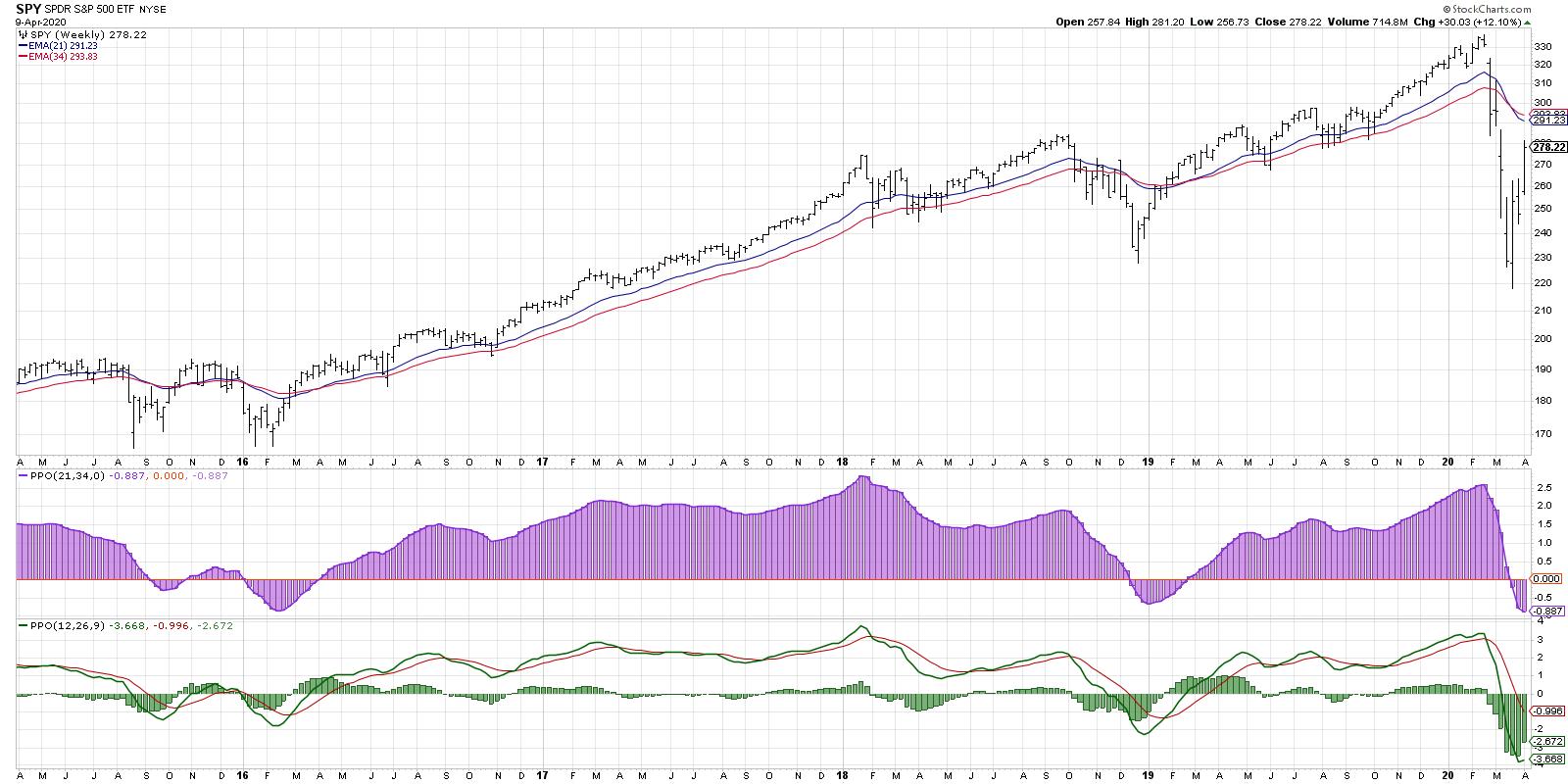
This is why I have long-term trend-following models that I've been running for years. I'm always interested in ideas about where things may be headed, but these long-term models are what ground me in the evidence. This is what has happened and these are the long-term trends.
Mistake #2: Embracing the Endowment Effect
We tend to attribute greater value to things we own. That is, if I have a special coffee mug that has sentimental meaning for me, I will see the mug as quite valuable even though for you it may just be a convenient way to hold your coffee.
This is the endowment effect, and it's what leads us to hold on to stocks way too long. When the chart starts to turn negative, instead of exiting a losing position and moving on to other things, we tend to hold on for way too long because of an emotional connection to the stock.
Let's use Walt Disney Co. as a recent example.
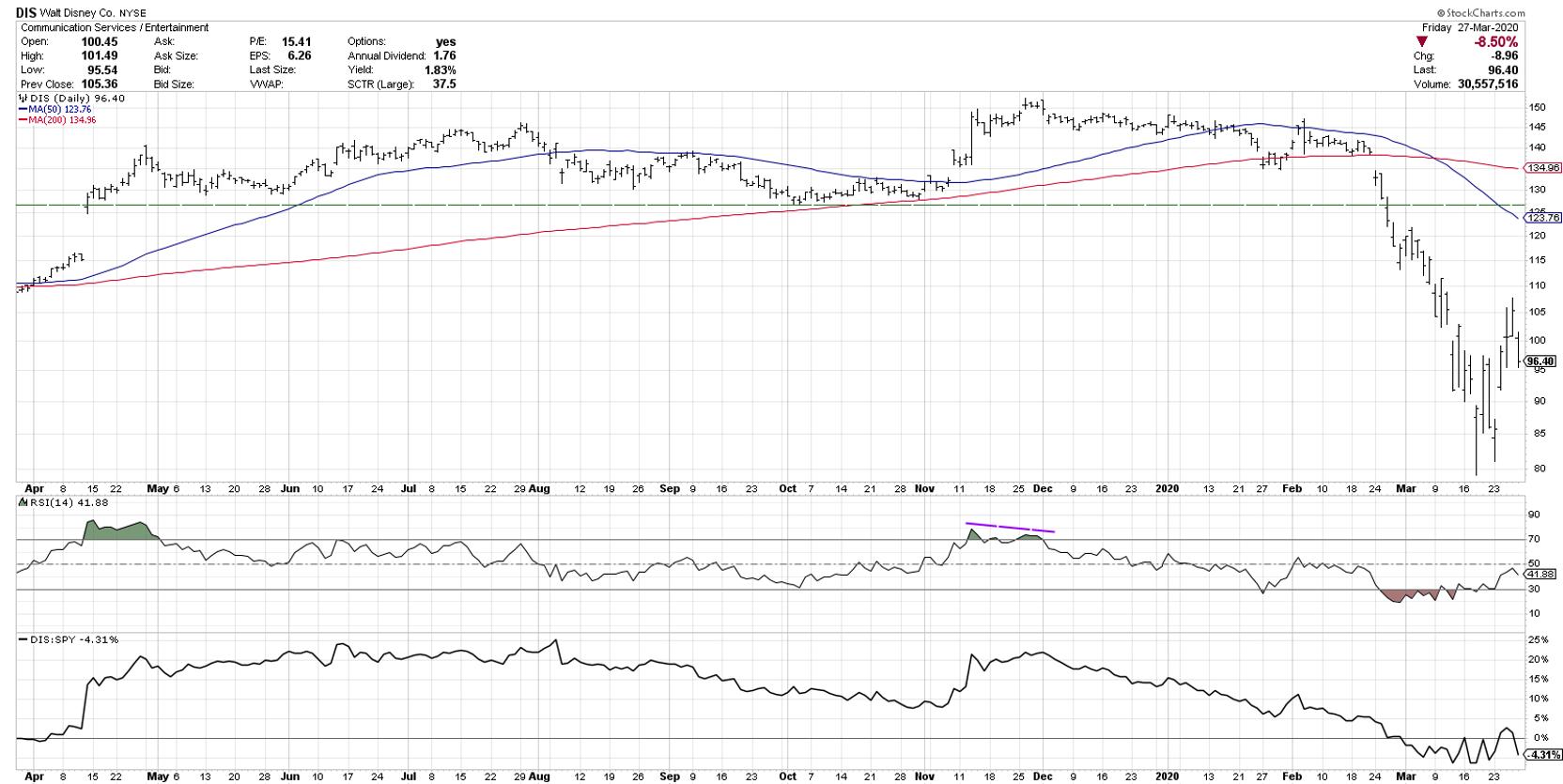
For the first six to eight weeks of 2020, there were a number of warning signs that could have compelled you to reconsider a long position. The price broke below two moving averages. The price broke below long-term support around $126. The stock was underperforming its peers. The price was making a lower high while the broader market was making a higher high in February.
The endowment effect causes us to basically ignore these clear warning signs and instead feel good continuing to hold the stock due to our emotional attachment to the name.
Mistake #3: Over-reliance on Analogs
Analysts love to compare the current market to previous cycles. How does this correction compare to previous market corrections? Fair question, and I truly love this sort of debate.
The problem occurs when we assume that the current movements will closely mirror those in the past. If you told a statistician that you were comparing one observation to a second observation, and making assumptions that they would be identical, they would most likely laugh you out of the conversation.
As with mistake #1, I feel you have to consider this sort of comparison anecdotal evidence at best. There is absolutely no guarantee that tomorrow will mirror any previous market movement. The best we can do is bet on probabilities and try to understand the conditions that may cause two different periods to play out in similar ways.
So analogs are good if they spur discussion and help you question how conditions may be the same as or different than before. They are not good when you make bets based purely on the idea that this time will be the same as another time!
Mistake #4: Being Sucked In by Bear Market Rallies
Rallies in bear markets are brutal. They are quick, they are sudden, they bring huge percent moves that make you feel like you've already missed out on the entire move.
Bear markets are a process, not a moment. They take time. And most bear markets have involved crazy bounces that suck in lots of investors before the next down leg evolves.
Look at the chart of the Dow from 1929-1932:
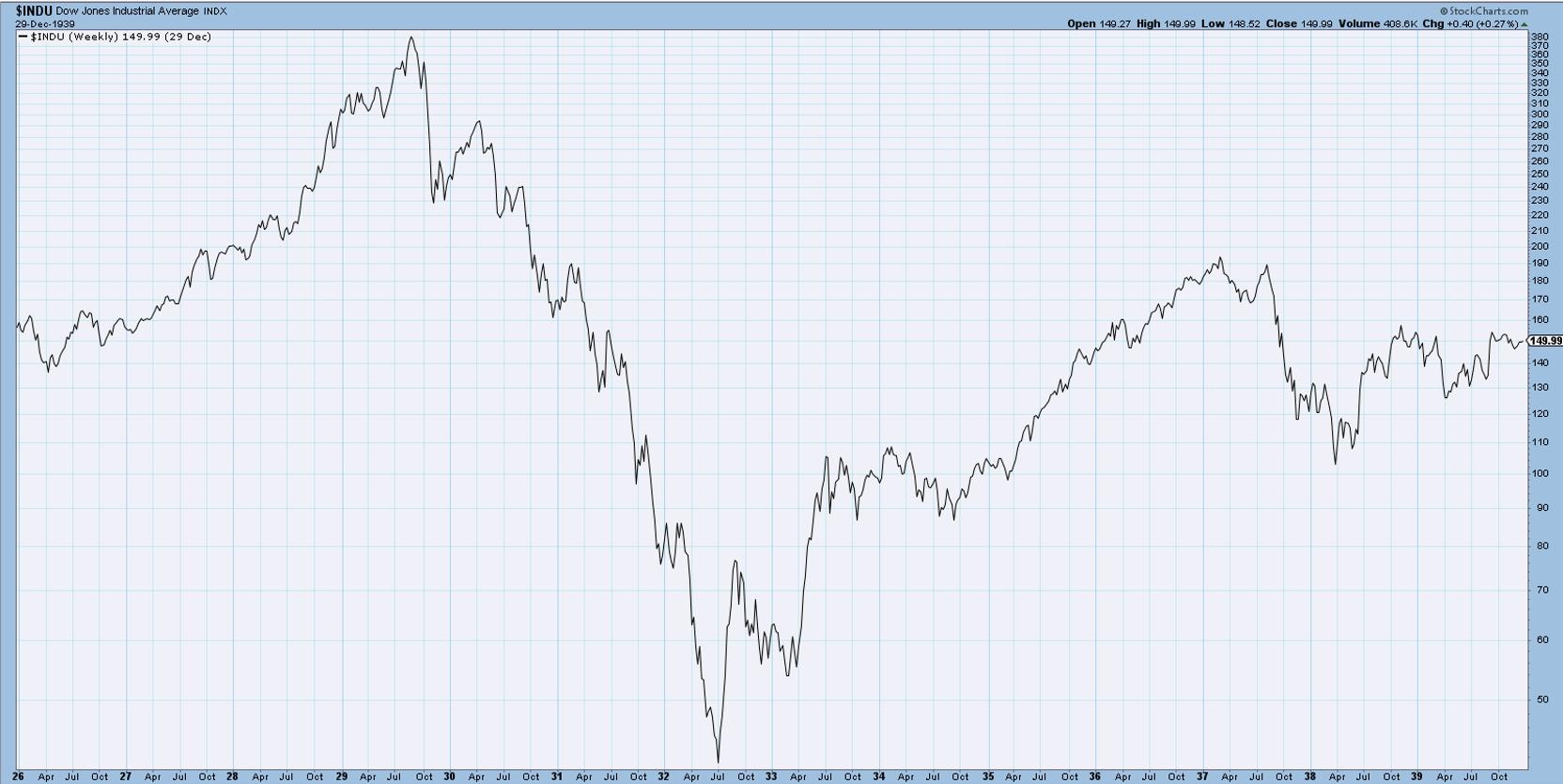
Notice how many times during that brutal down market that the price had a countertrend move, often retracing 20, 30 or even 40% of the previous down leg. These can happen, and they will tempt you, but chances are they will be temporary.
Focus on the long-term trends.
Mistake #5: Forgetting Your Timeframe
As part of hosting The Final Bar, our daily closing bell show on StockCharts TV, I often review the short-term market movements. What happened today? What worked and what didn't? What broke out and what broke down?
But my main goal with the show is to connect those short-term signals with the long-term trends. How did today's price action relate the overarching trends and themes we've been discussing in recent weeks? That's the game for long-term investors.
However, I've seen too many long-term investors make long-term decisions based on short-term price movements. Only look at intraday charts if you've already looked at the long-term charts that will put those short-term movements into proper context.
Mistake #6: Getting Married to a Narrative
We love narratives. As humans, we relate to the world around us in narratives. This is why, when you're buying a car, the salesperson is not selling you on the specifics of the engine or why a specific feature is designed a certain way, but rather they're selling you on the narrative. They put you in the car so you can see it as your own.
Narrative bias is where we hear or develop a particular narrative, for example, that stocks and crude oil are positively correlated, and we then start to think of the world in the context of that narrative.
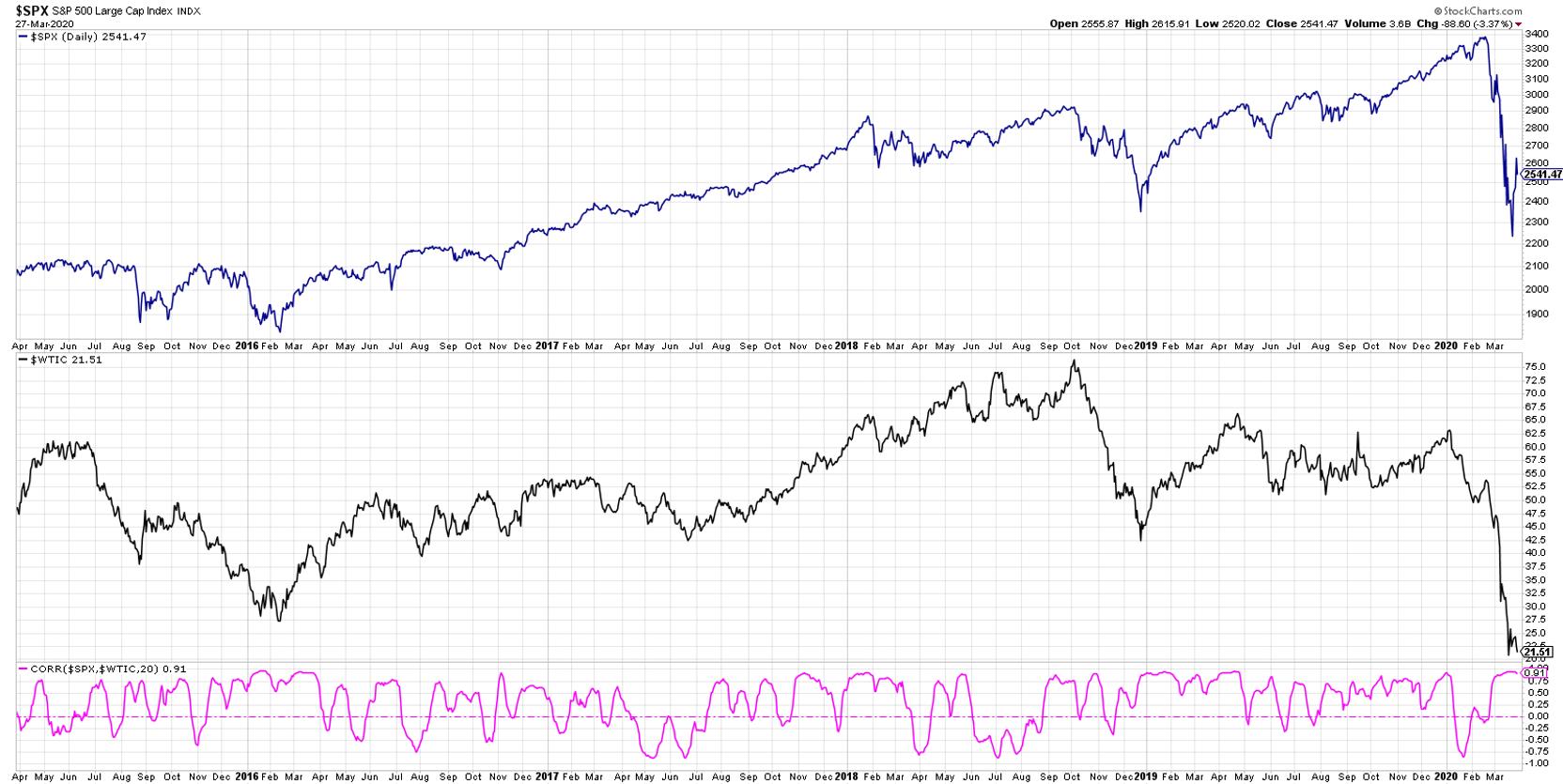
In reality, stocks and crude oil are two variables among many out there. The markets are not a simple system with a small number of variables. They are a complex system combining thousands of variables that can cause asset prices to evolve in infinitely complex ways.
So saying Price A should do a specific thing because of Price B is an overly simplistic way of addressing intermarket analysis. As in mistake #3 above, you should treat narratives as you treat analogues. They can be helpful only if they encourage you to dig deeper.
Mistake #7: Overestimating Your Performance and Process
Hindsight bias speaks to how impressed we tend to be with our own performance. Our historical performance actually seems to improve in our minds the further that events appear in our rearview mirror.
Let's say Home Depot (HD) is a stock you've been trading recently.
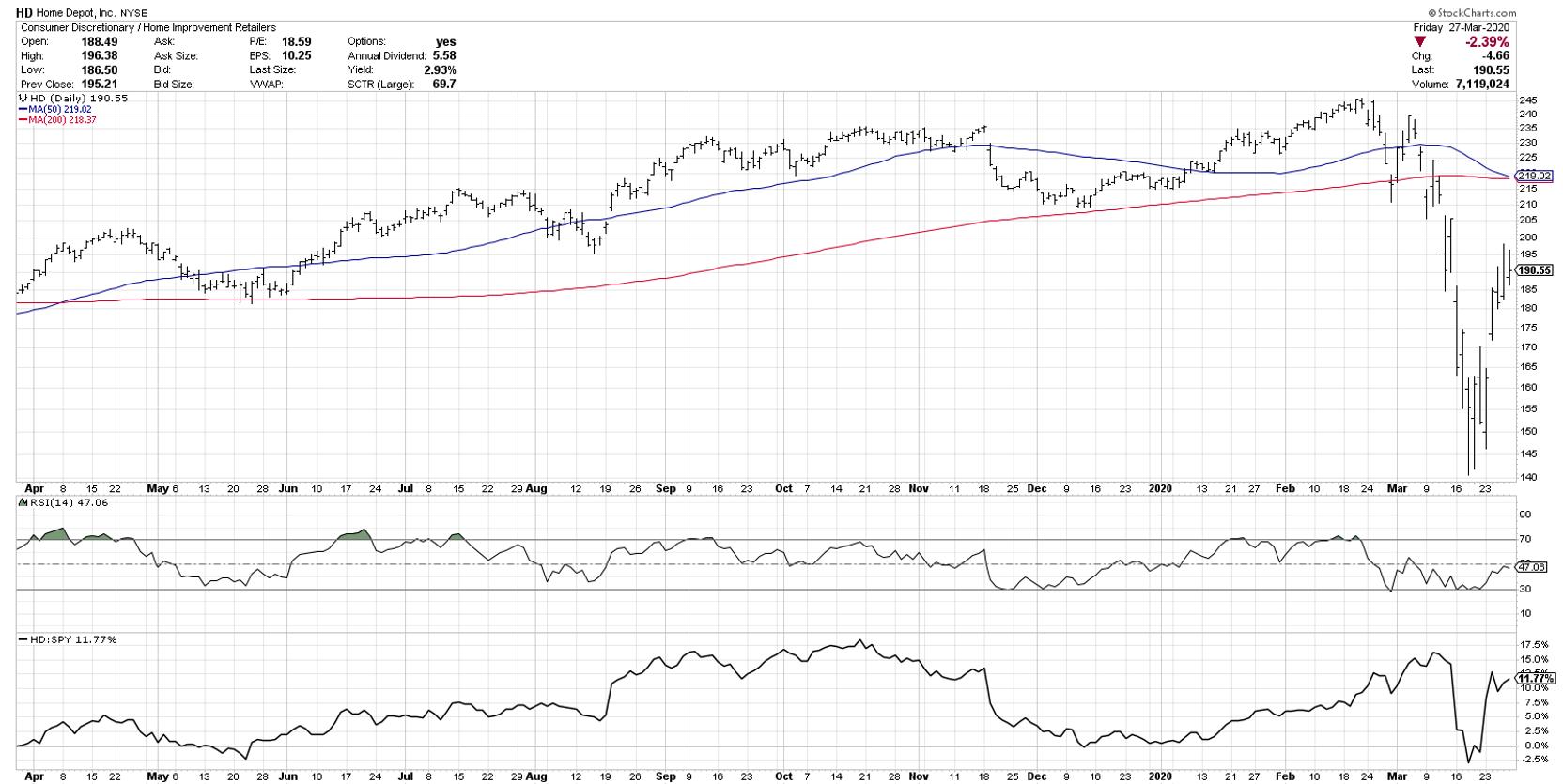
Perhaps you noticed the lower high the first week in March and started to question your long position. Or maybe when it broke down through moving averages or when it traded below a previous support level. As the stock bombed out two weeks later along with most equities, you maybe struggled a bit to figure out exactly if and when to get back into the stock.
This next chart, however, is more how you will remember this period years from now.
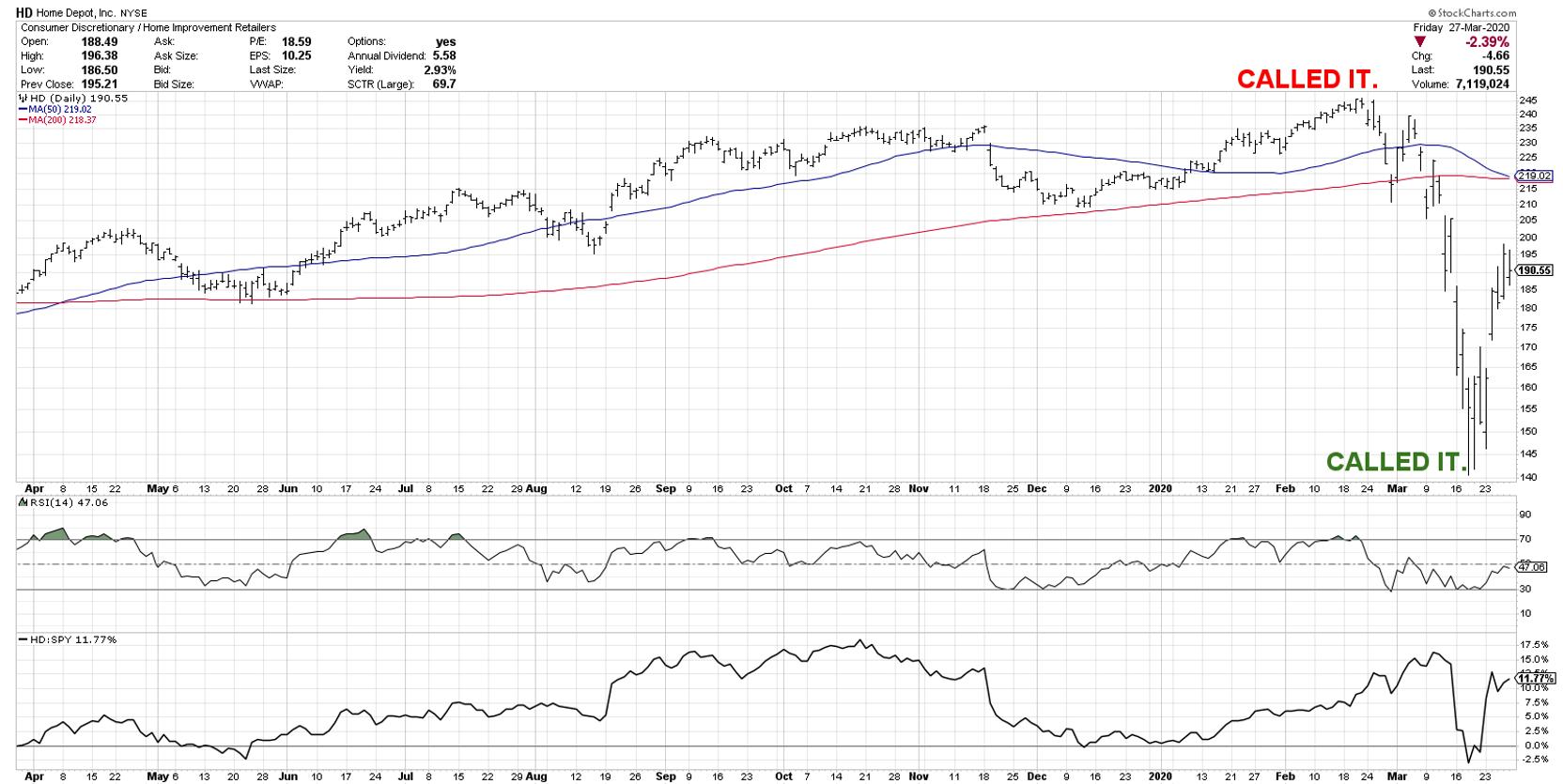
With perfect foresight, you called the top and soon after managed to get in right at the lows. Social media tends and YouTube ads tend to be filled with this sort of thing and, while some are disingenuous, I would guess some people actually remember their performance as being as solid as they are describing.
There's a humility that comes with investing, and bear markets tend to be humbling experiences. A process that seems solid during the bull phase may seem much weaker when the going gets tough.
Now that we have reflected on these seven common bear market mistakes, how should we approach things to minimize these mistakes in our own experience?
I now present Dave's Bear Market Playbook, turning each of those seven mistakes into positive practices that all investors should consider.
- Validate the Anecdotal with the Evidential. Use events that you see and hear as inspiration to dig deeper.
- Set Stops and Sell. Resist the Endowment Effect. When you enter a position, have an exit strategy clearly laid out.
- View Analogs as Descriptive, Not Prescriptive. Comparing this market to previous markets is great, as long as you use it inform your investment process, not be an investment process on its own.
- Avoid the Temptation of Bear Market Rallies. I would argue we are in the late stages of a bear market rally. Bottoms are a process, not an event. There will likely be further downside and more tempting rallies along the way.
- Remember Your Timeframe. If you're a long-term investor, stay focused on the long-term.
- Focus on the Charts, Not the Narrative. Narratives are interesting and engaging and fun to debate, but build your strategy not on the narrative, but on the evidence.
- Use a Journal and Learn from Wins and Losses. Keep track of your thinking during this bear market period and, once we're through it, dig out the journal and review how you handled things. What can you do better next time around?
Bear markets can be frustrating and challenging and stressful, but they can also be fantastic learning experiences. Hopefully these common mistakes and playbook will help you to survive and thrive in the coming months, helping you come out the other side as a better, more mindful investor.
RR#6,
Dave
David Keller, CMT
Chief Market Strategist
StockCharts.com
Disclaimer: This blog is for educational purposes only and should not be construed as financial advice. The ideas and strategies should never be used without first assessing your own personal and financial situation, or without consulting a financial professional.
The author does not have a position in mentioned securities at the time of publication. Any opinions expressed herein are solely those of the author and do not in any way represent the views or opinions of any other person or entity.






